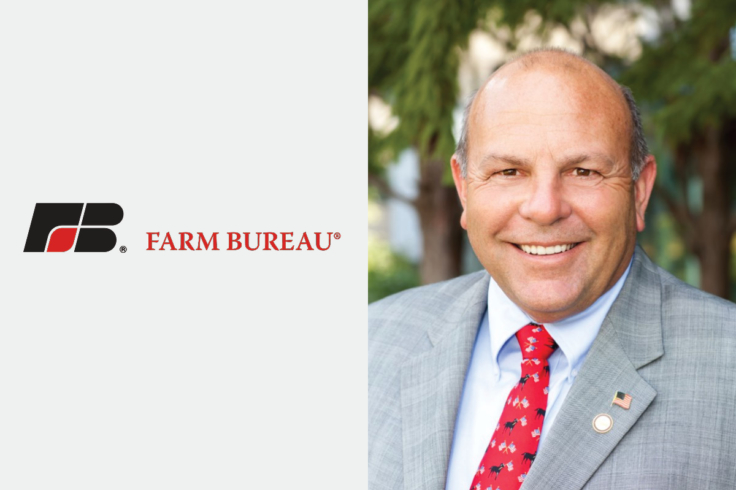Empty Shelves, Full Fields
There is a food awakening happening in America. Many Americans raced to stock up on food when the pandemic reached the U.S. and were stunned to find empty grocery store shelves. For many, it may have been the first time they wondered whether there is enough food to go around. Suddenly, the realities of our amazing, yet complicated food supply chains are on full display.
Stay-at-home orders forced the closures of school cafeterias and restaurants, sending families out to fill their cupboards. No problem, just divert food headed for restaurants to grocery stores instead, right? Wrong. Farmers can meet the demand, but there is an entire supply chain that must adapt and shifting the flow of goods creates real challenges.
Many food processing facilities are designed to supply the food service industry, not the consumer directly. A five-pound cheese wheel or a ten-gallon bag of milk can’t be sold at your local store, and it’s extremely difficult and costly to retool an operation to produce for retail.
The same effects are being felt in other parts of agriculture. Last year, Americans spent almost $700 billion eating out. Grocery stores are absorbing some of that business, but they can’t absorb it all. As a result, the bottom has fallen out of almost every market from beef, dairy, chicken and pork, to almost all fruits and vegetables.
So, what can be done? Farmers are known for their ingenuity, and this time is no different. Drive-through farms are popping up, and in many places, farmers and food banks are working together to feed the hungry. That’s encouraging, but we face the prospect of having millions of acres of crops with no market or way to get them to the needy. Harvesting and transporting produce is time-consuming and costly, and much of it is grown hundreds of miles from urban areas where the need is high.
This is what led the American Farm Bureau and Feeding America to ask USDA to create a voucher program to get fresh foods from farms to people who need them. And our timing could not have been better, as we learned that USDA was thinking of and working on the same issue. It’s very gratifying that their initial plan includes $3 billion to empower the food system to find solutions for those in need, which was the heart of our request. That’s in addition to $16 billion to help farmers reeling from the losses. We’re thankful for the support, recognizing that if farmers can’t survive this storm, the pandemic will continue to take a toll on this country long after we “flatten the curve.”
We won’t give up on finding creative solutions or on our commitment to feed the nation. In the meantime, we’re asking the public not to give up on us. Farmers don’t control the demand for their products or the economy, and certainly not the pandemic. We’re doing our best to adapt while still caring for our crops and animals every day because we’re all in this together.
–Zippy Duvall, President, American Farm Bureau Federation



